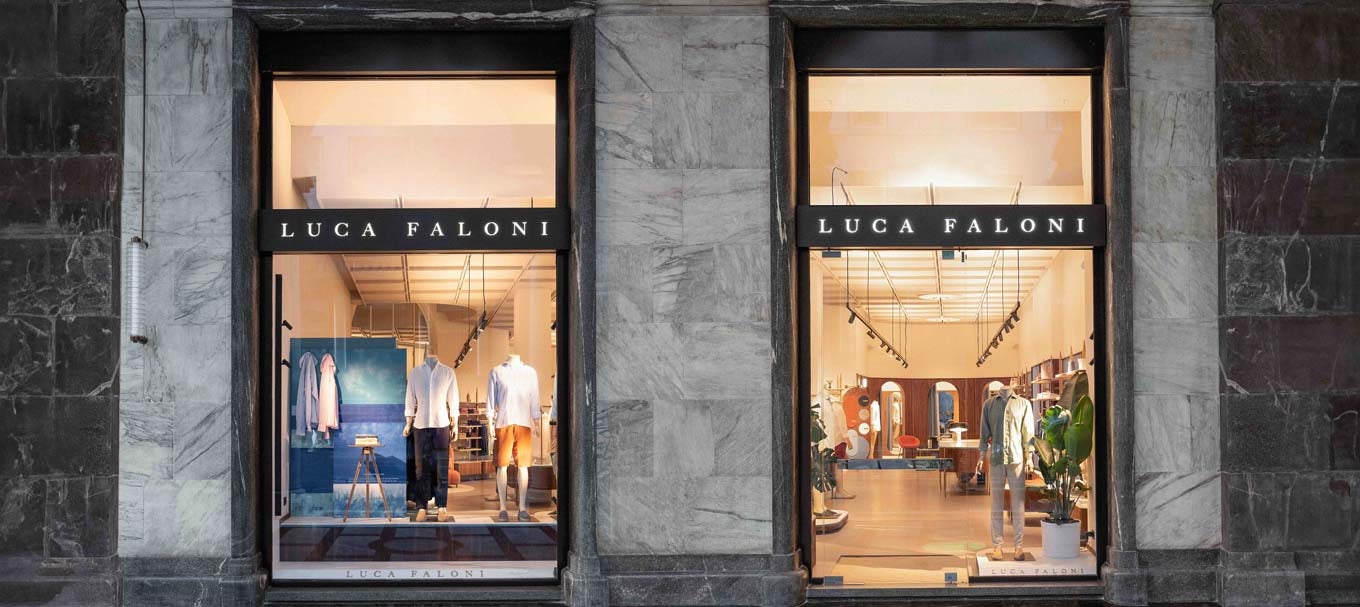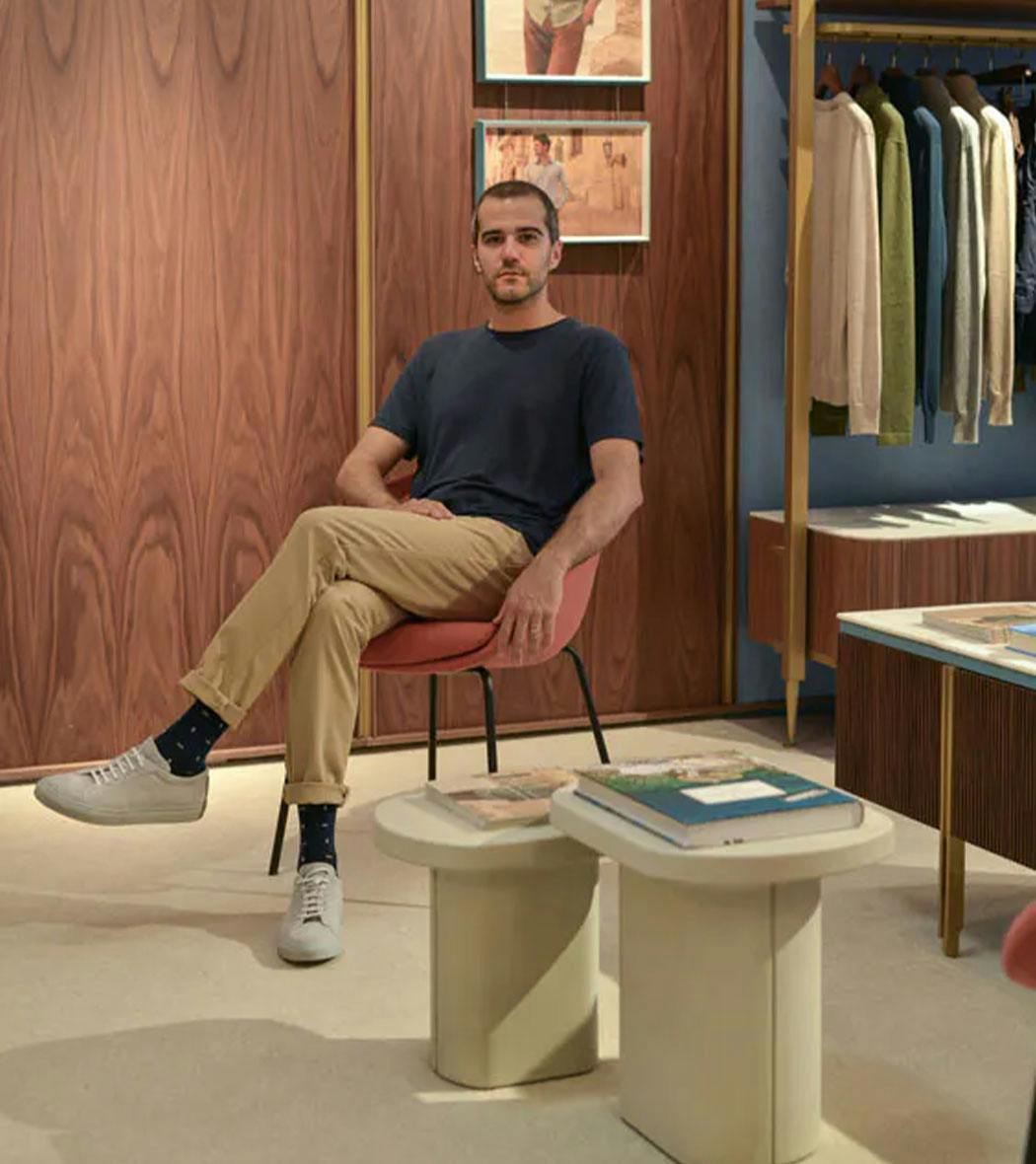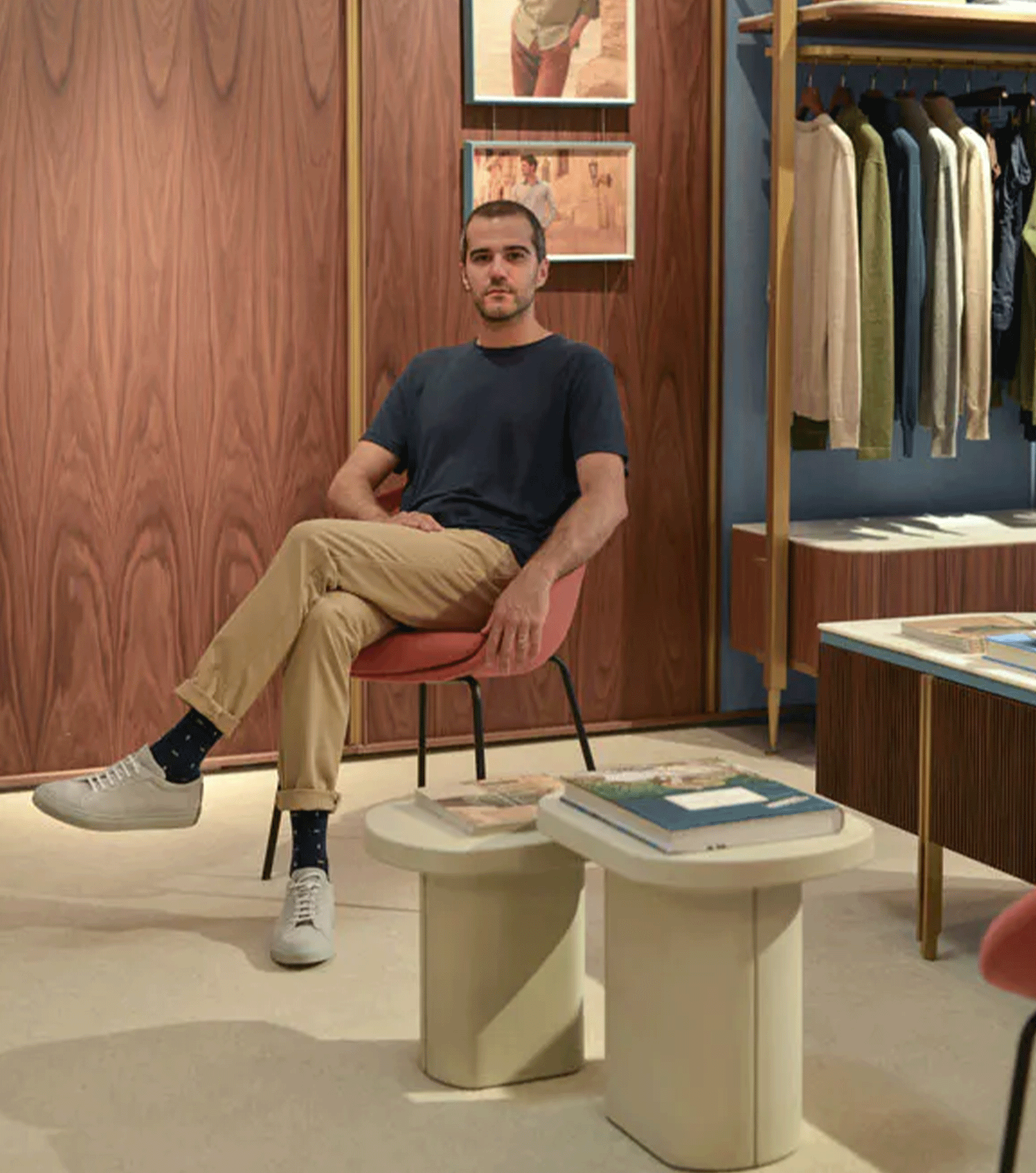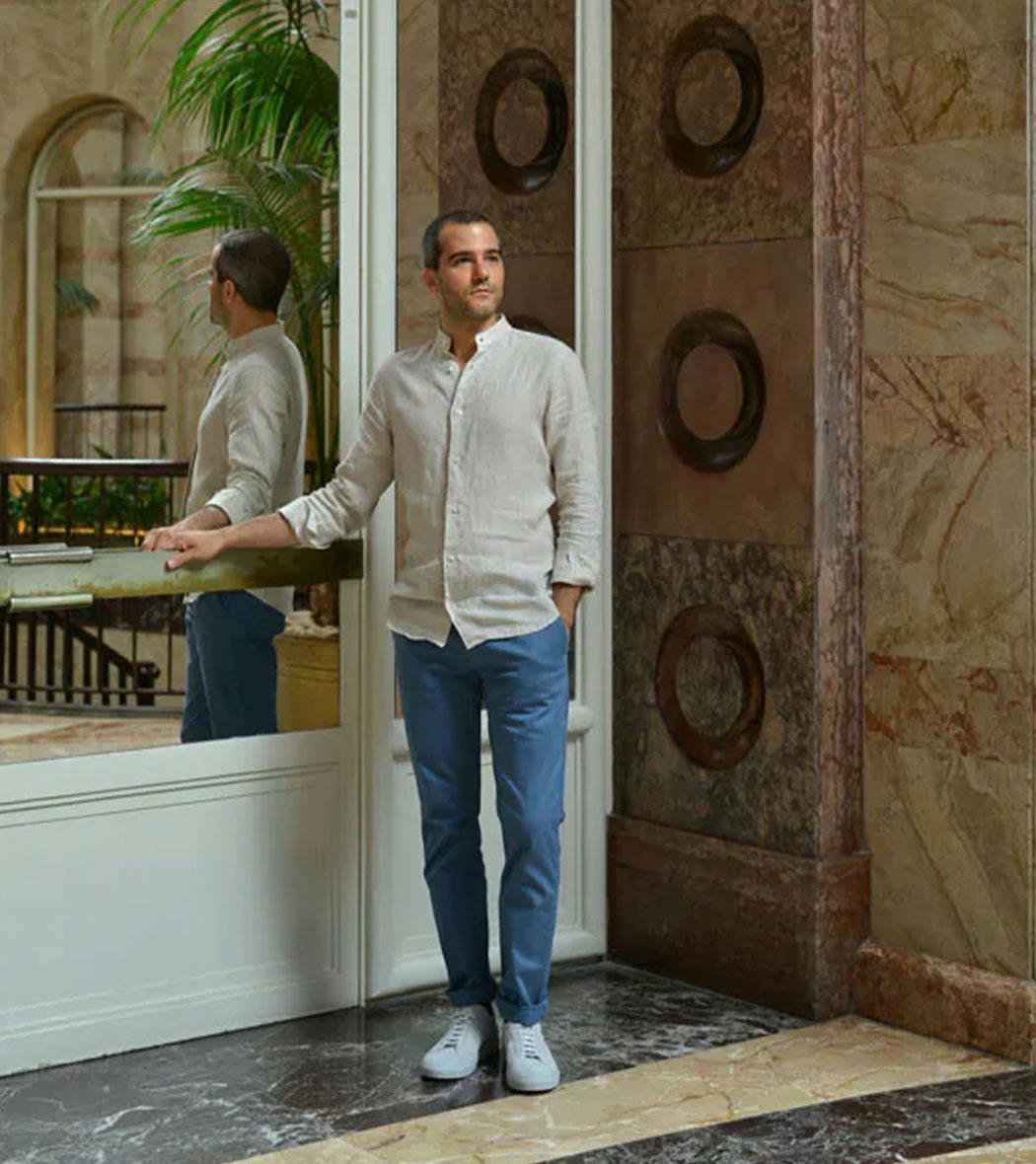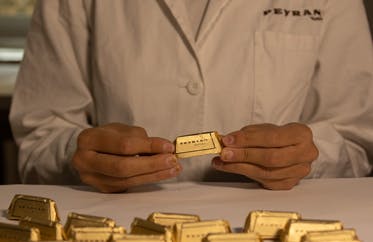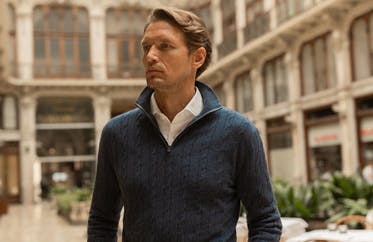
In Conversation: Davide Barreri - The Turin Architect Behind the New Luca Faloni Store Concept
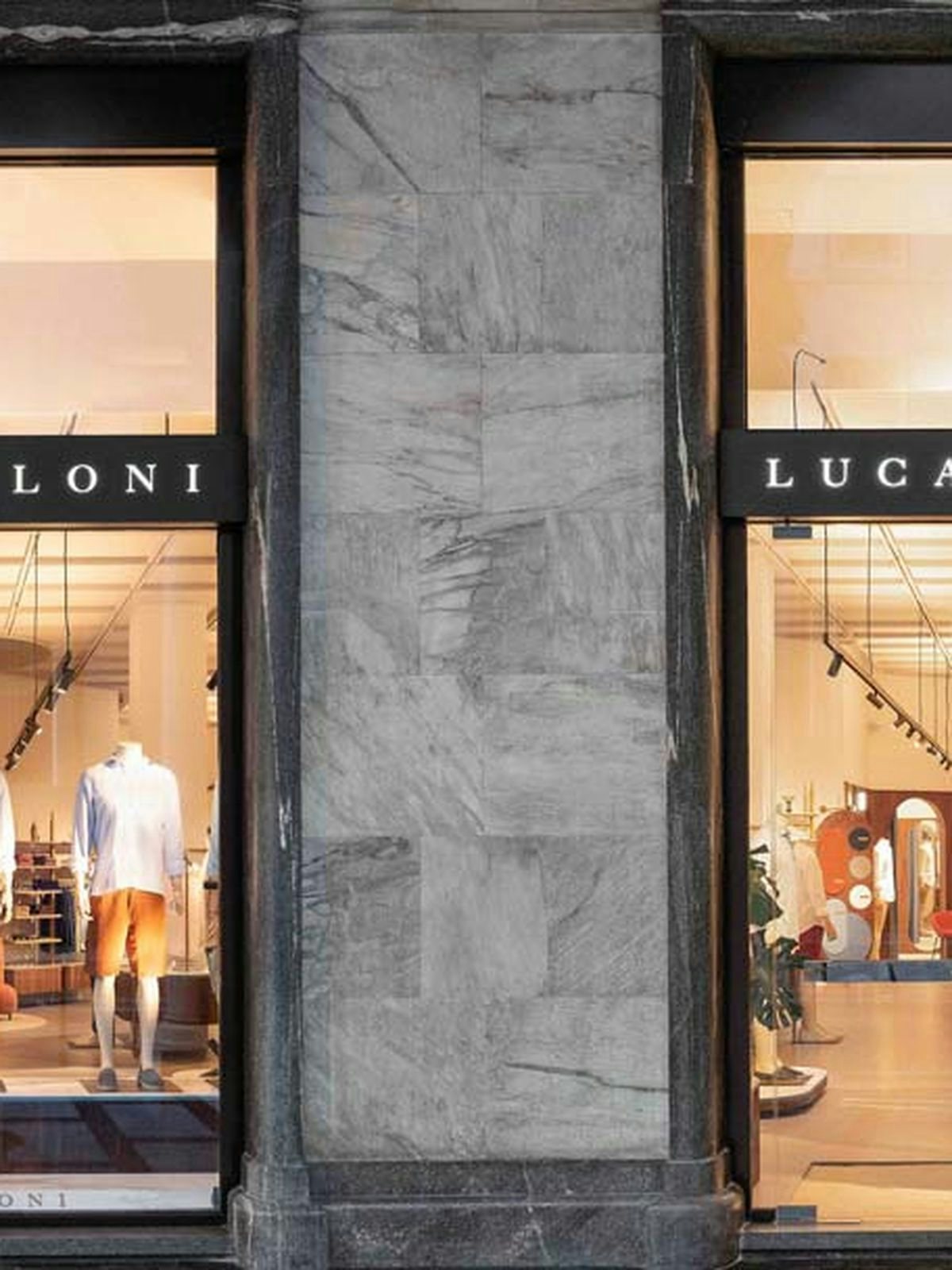
Davide Barreri the Turin-based Italian architect who practiced at Motoelastico in Seoul to Hopkins Architects in London. Plateau Collaborative was founded in 2011 in collaboration with architects Andrea Alessio and Ilaria Ariolfo. PlaC discovers a contemporary approach to living through architecture, urbanism and design and the creatives behind the new Luca Faloni store concept.
When did you start your Architects practice? And why Turin?
PlaC was officially established as a registered practice in 2014, but we’ve been working together since we were at university; my partners Andrea Alessio and Ilaria Ariolfo studied with me and we’ve been friends for ages, so we made the decision together to start our business. After various stints spent working abroad - in Seoul, London, Berlin and Madrid - we decided to return to our roots in Turin, the city where each of us grew up and studied architecture.
What inspired you when it came to the design of the Luca Faloni store?
The idea was to create a basic structure that was extremely flexible and able to adapt to future changes so that it could easily be used in different configurations, but which at the same time draws inspiration from the copper roofing of the old buildings and by the Marienplatz clocktower, Milan is a homage to Piero Portaluppi (who designed the building), whereas for Miami our starting point was art deco, an architectural style that's common in the city, and which is characterised by very particular colour pairing and strong geometric symmetry.
How important is made in Italy to you?
In terms of production, our country has one of the most stringent systems of quality control in the world, put in place to maintain our high standards. Over the last few decades, the term Made in Italy has become one of the most famous brands in the world, and without a doubt, for an Italian designer, it’s almost a professional calling to safeguard these high standards. However, I feel that there is a certain lack of awareness of our strengths in Italy: I’ve often found there’s a greater respect for Made in Italy abroad than there is in Italy.
Is there any style signifier you are known for? Do you have any particular styling rules?
We always really try to work with the space and with the flexibility of the fittings; at the same time, the decorative aspects (the choice of material and colour) seek connections with the place and bring together all the parts of the design.
What are you up to right now? Particular projects, launches etc
Our studio has grown considerably in recent years, and we’re moving from small-scale projects to more substantial and important ones; we’re working on hotels, renovations of buildings of historical significance and also taking part in numerous international competitions. In 2016 we won a big international competition for the redevelopment of an ex-industrial building of 4500sqm in Parma, which will be used as a hub for creative businesses alongside multifunctional spaces, and which will open this year.
Why is Italy so important to you and why?
I’ve come to understand how important Italy is to me thanks to my wife Hyemin, a Korean designer; she was the one who made me realise how lucky we are to live in a country that is distinguished by so much beauty. From Turin’s baroque architecture to the entryways of Milan, designed by great masters from the 1930s to the 1970s, from Venetian Gothic to Florence’s renaissance churches, from the sinuous hills of the Langhe wine growing region to the Amalfi Coast, Italy has a huge concentration of beauty that’s freely available every day, and yet many of us, perhaps because it’s right under our noses, don’t even realise it.
What is your favourite tool?
The pencil. It might seem like an obvious answer to come from an architect, but thanks to the professional experiences I’ve had since graduation I understand just how important drawing is, as an instrument of direct expression to span the gap between an idea and its translation into visual form. Over the last few years, I’ve had to chance to return to the Politecnico (university) as a teaching assistant and also to teach at the IED (European Institute of Design), and I’ve noticed how new techniques of digital representation have changed not only the way we draw but also the way we design.
What object would you never part with?
An ashtray designed by Arne Jacobsen in 1976 for Stelton (Revolving Ashtray); I have one that I bought at a flea market in Copenhagen and I think it encapsulates perfectly the symbiosis between function and aesthetics. At home we often swap around our ornaments, adding new objects found during our travels, but this one never gets removed.
Which is the most beautiful architecture in the world? And why?
For many years the most beautiful piece of architecture on earth has for me been the thermal baths in Vals, Switzerland, designed by Peter Zumthor. I’ve visited them three times and each time I discover new aspects, interesting details and different sensations. I see in that project the perfect balance between natural and artificial, and between landscape and architecture. The quality of the details, the skilful use of the materials and the awareness of how they will change appearance over time, all combine to make this place one of the most interesting on earth.
Which is the architectural era that intrigues you the most?
There are many architectural periods that fascinate me, but if I had to choose one I’d say the 1950’s in California. The period of the Case Study Houses was one of the most interesting and revolutionary in terms of architecture: the innovative ability of architects like Pierre Konig, the Eames, Craig Ellwood and Richard Neutra to create wonderful architecture out of prefabricated components drawn from catalogues has always attracted me.
Which is the moment that changed everything for you?
During my time working in London for Michael Hopkins, where I was able to work in a team on large architectural projects, gaining a deep understanding of the importance of the organisation of a studio of that size and the contributions of the various professional figures involved.
When do you need to feel inspired what do you do or where do you go?
Usually, when I look for inspiration I work at night, alone, listening to music; the total isolation lets me concentrate better on my ideas and feel free of constraints. In recent years I’ve come to realise just how much working at night helps me to come up with the best ideas.
